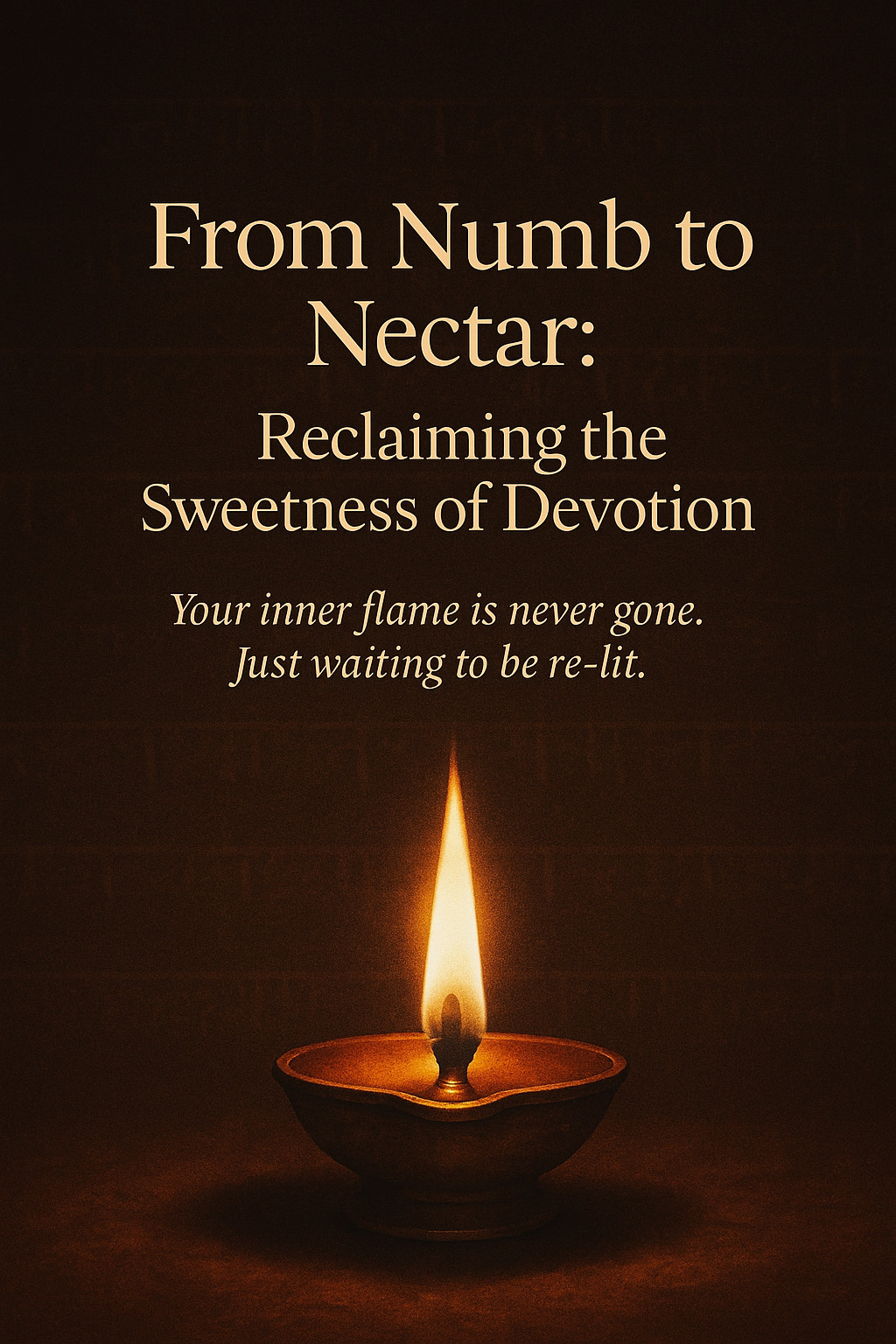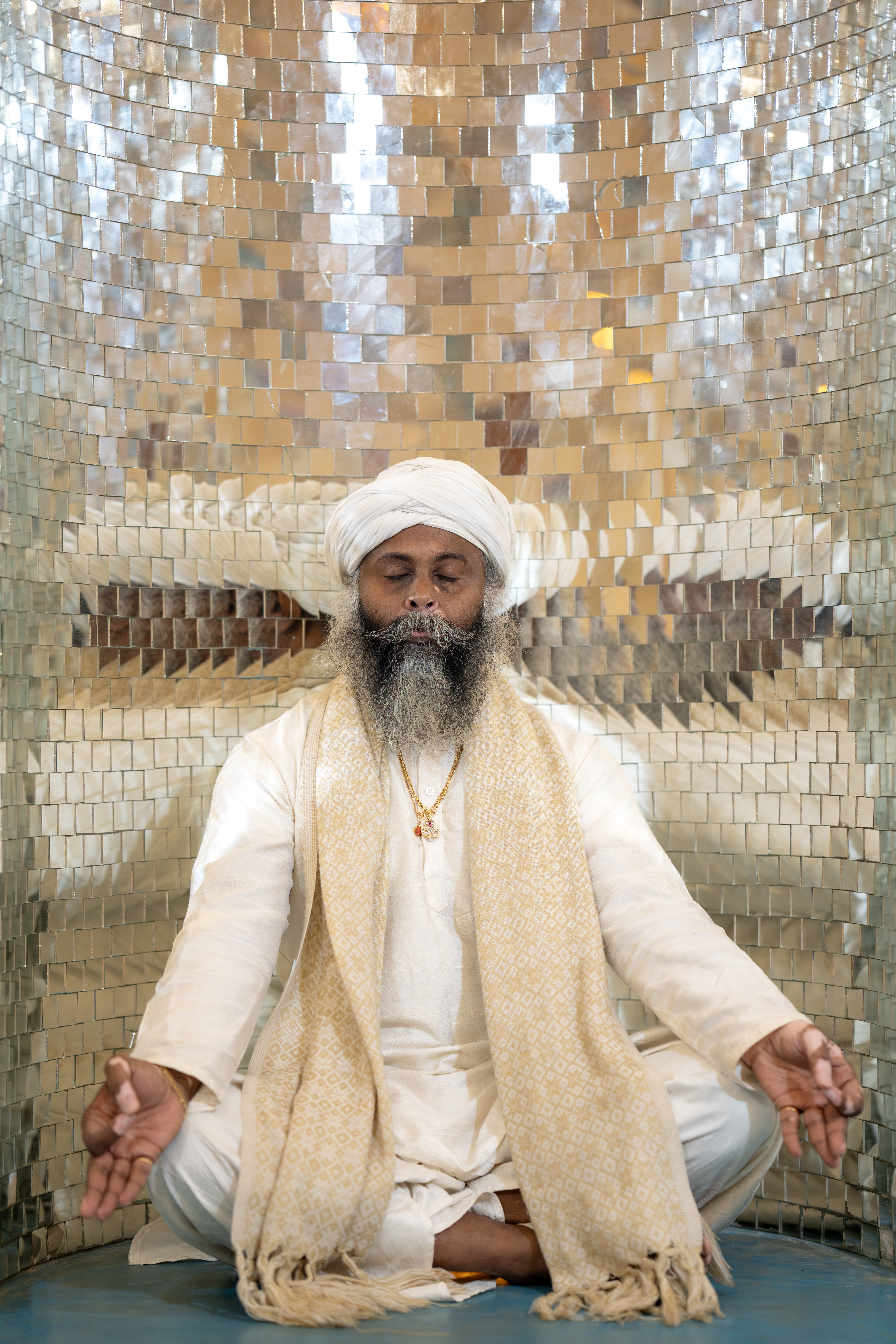Let’s get something clear:
A toxic relationship is not two people triggering each other.
That happens in every relationship.
A toxic relationship is not two people triggering each other.
That happens in every relationship.
A toxic relationship is when those triggers arise—and both people are unable or unwilling to work through them. The hurt gets recycled, the silence gets louder, and the same fight returns like an old ghost with no name.
🧨 Triggers Are Inevitable — But What We Do With Them Is Everything
When two people come together, they don’t just bring love and laughter.
They bring history.
Trauma.
Attachment styles.
Subconscious fears.
Old wounds looking for new places to bleed.
They bring history.
Trauma.
Attachment styles.
Subconscious fears.
Old wounds looking for new places to bleed.
So yes, triggers happen. But in a healing relationship, something very different occurs.
Instead of running or blaming, partners become curious.
They look at the wound instead of weaponizing it.
They ask, “What is this pain showing us? What do we need to learn, to change, to love more fully?”
They look at the wound instead of weaponizing it.
They ask, “What is this pain showing us? What do we need to learn, to change, to love more fully?”
That’s how conflict becomes a portal to deeper intimacy—not a wall between hearts.
🧹 In Toxic Relationships, Nothing Really Gets Resolved
There might be a make-up moment.
Maybe even sex or temporary relief.
But beneath the surface… nothing changes.
Maybe even sex or temporary relief.
But beneath the surface… nothing changes.
The fight is swept under the rug like it never happened.
No accountability. No sense-making. No new agreements.
And because of that, the same fight happens again. And again.
Different details, same wound. No healing.
No accountability. No sense-making. No new agreements.
And because of that, the same fight happens again. And again.
Different details, same wound. No healing.
That’s the cycle of toxicity.
🌱 Healing Relationships Use Conflict to Evolve
Fights still happen. Yes, even big, fiery ones.
But the aftermath is different.
But the aftermath is different.
In healing love:
- Conflict becomes a mirror, not a weapon.
- Wounds are honored, not shamed.
- Emotional honesty is welcomed, not punished.
- New agreements are formed. New understanding takes root.
The couple grows stronger.
Trust builds.
Safety deepens.
Trust builds.
Safety deepens.
Love becomes something resilient.
🤐 Stop Shaming Conflict—Start Learning to Repair
Many couples feel ashamed about how much they fight.
But truthfully? Most couples fight—many just hide it well.
But truthfully? Most couples fight—many just hide it well.
In a culture where so many of us grew up with wounded attachment, it’s no surprise that trying to merge two lives can feel like trying to do heart surgery without training.
But here's the key:
It’s not about never fighting.
It’s about learning how to repair, how to return, and how to reconnect when the storm passes.
This is the real work.
The sacred work.
The reason some couples feel indestructible—it’s not because they never break, but because they always mend.
The sacred work.
The reason some couples feel indestructible—it’s not because they never break, but because they always mend.
💞 True Security Comes From Weathering Storms Together
Eventually, when both people are committed to growing, to healing, to returning to love after rupture… something beautiful happens.
The relationship becomes secure.
Because now you know, even in the hard moments:
Your partner is in this with you.
They won’t leave when it’s messy.
They’re willing to walk through the storm—with you.
Your partner is in this with you.
They won’t leave when it’s messy.
They’re willing to walk through the storm—with you.
And that? That’s the kind of love worth fighting for.


0 Comments